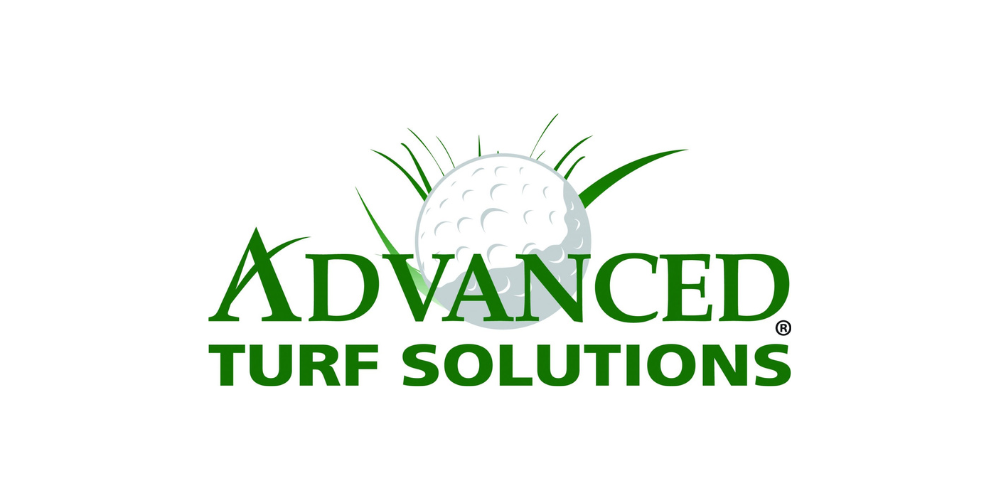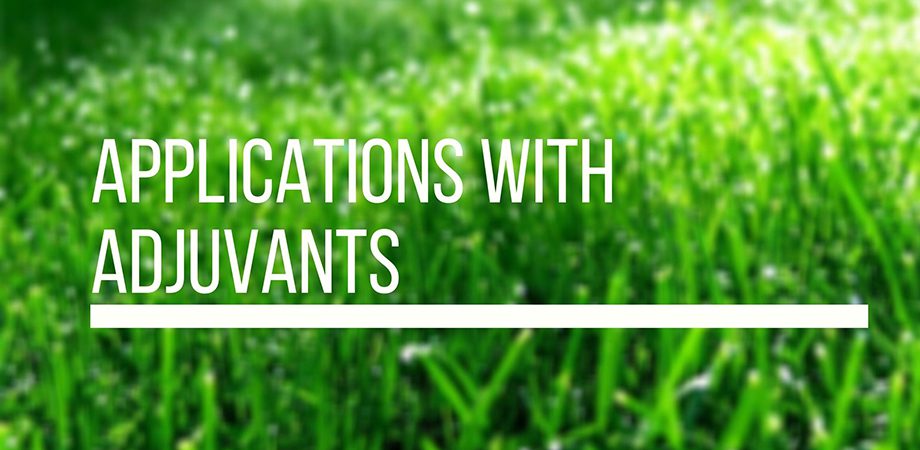September is the time of the year customers reach out with seeding, turf fertilizer, and early order questions. It’s also the time of the year to start planning ornamental fertility programs.
Timing of Ornamental Fertility Applications
Beginning fertility applications before plants signal fall dormancy (leaf color change) can encourage a new growth flush, which is highly susceptible to winter burn. The risk is especially high for newly planted species less than 18 months into the ground.
Once ornamental trees and shrubs begin to transition into fall dormancy, it’s safe to fertilize.
In Missouri, fall dormancy typically occurs after mid-October. From this date forward, fertilizing ornamentals is generally safe through the end of March.
Program Options
Advanced Turf Solutions offers a diverse arsenal of fertility options in both liquid and granular formulations.
A complete ornamental nutrition program should address macronutrients (N, P, and K), slow-release N sources, and micronutrients—at a minimum. Programs including “bio” products such as organic acids, plant extracts, beneficial bacteria, and wetting agents offer additional benefits.
Consult your ATS sales representative to further customize a comprehensive ornamental fertility program based on your needs.
Here is a sample liquid fertility program for Missouri ornamentals:
- Foliar-Pak 30-0-0 (2.5 gallons per 100): 60% slow-release N with a low salt index
- Foliar-Pak Bio 12-6-6 (1 gallon per 100): N, P, K, micros, plant extract, and humic acid
- Foliar-Pak Chloroburst L (65 ounces per 100): chelated Fe, Mn, and Zn
- Foliar-Pak Armament (16 ounces per 100 gallons): chelates soil-bound cations into available soil solution
Regarding granular options, ATS 14-14-10 landscape blend is an excellent product. It continuously feeds for three months with several nitrogen release curves, micros, a sulfate K source, organic additives, and armament technology.
ATS also offers soil amendment products, including sulfur, gypsum, limestone, and 100% organic topdressing products to adjust soil conditions.
Additional Considerations
Proper fertility is not a magical cure for every poor-looking ornamental appearing “stressed out” in a landscape setting. Inspect the property for typical problems, including improper mulching, lower trunk wounds due to line trimmer damage, water pooling issues, lack of water, improper planting, girdling roots or twine, poor species selection, scorch, salt damage, and insect or disease damage.
Relaying all relevant site information to customers—and implementing a superior fertility program from Advanced Turf Solutions—is a highly advanced solution for your customers’ ornamentals.












